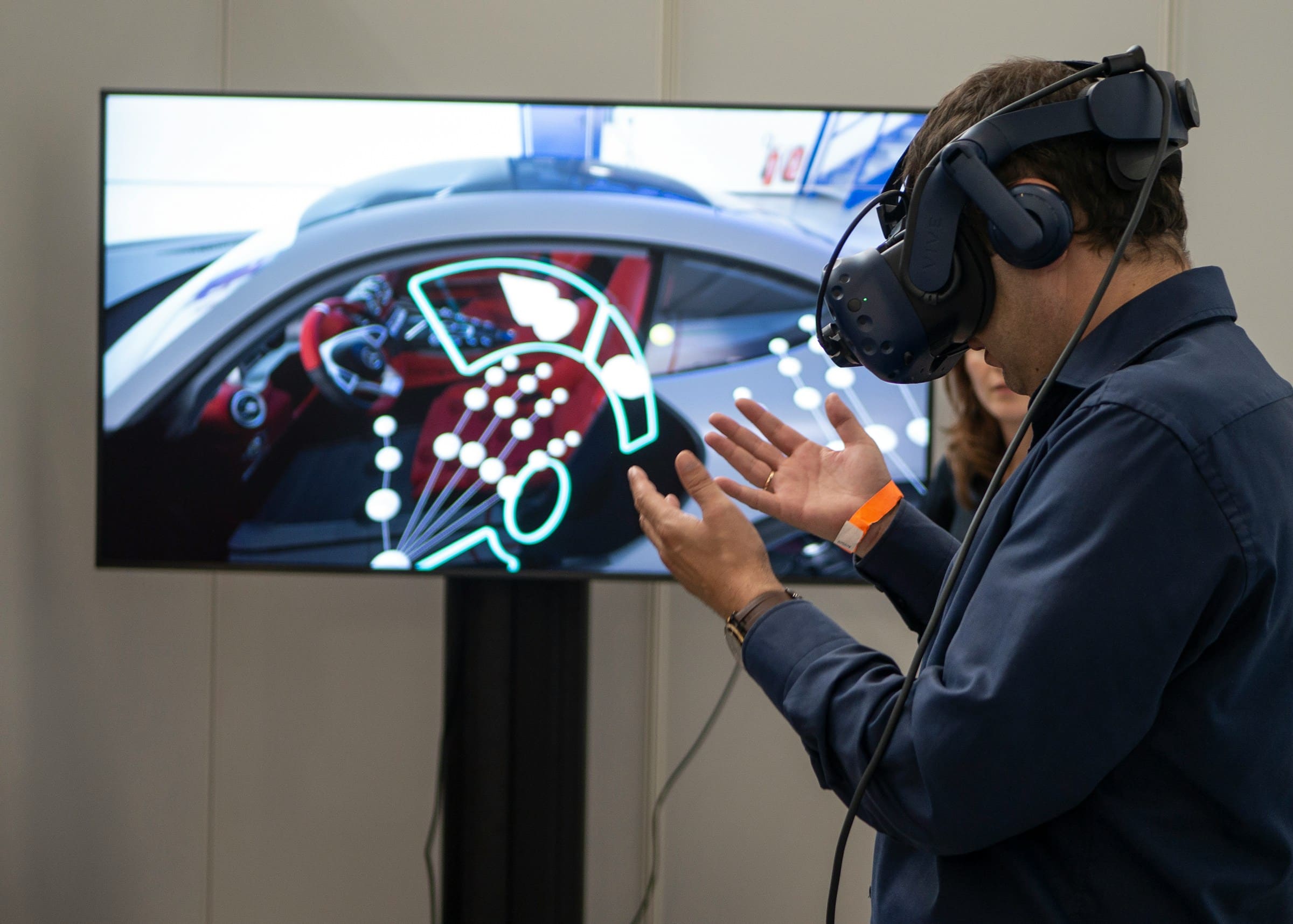How can machine learning be used to enhance the accuracy of motion capture animations?

In the fast-evolving world of animation, capturing the fluid, lifelike movements of a character has always been a challenging task. Today, motion capture technology (often referred to as mocap) stands at the forefront of this revolution, allowing animators to create realistic animations like never before. However, the quest for accuracy in representing human movements remains a challenging endeavor, and this is where machine learning steps in to rewrite the rules of the game.
The Role of Machine Learning in Motion Capture
Motion capture technology has been a cornerstone in the animation industry for decades, enabling the capture of full body and facial expressions to create realistic character animations. But while mocap capture systems are advanced, they are not without their limitations, particularly in terms of accuracy and adaptability.
Avez-vous vu cela : What are the best techniques for creating realistic foliage in forest exploration games?
Machine learning, particularly deep learning algorithms, offers a transformative approach to enhancing the precision of mocap data. By learning from vast datasets, machine learning models can predict and correct common errors in motion capture, leading to more accurate and realistic animations. These algorithms are capable of understanding complex patterns in human motion, allowing them to fill in gaps where traditional methods may falter.
For instance, when a motion capture system records the movement of a character, it relies on a series of markers placed on the actor’s body. These markers can occasionally lose track or provide inaccurate data due to occlusion or technical glitches. Machine learning algorithms can analyze these inconsistencies in real-time, using previous data to predict and adjust for missing or erroneous movements, thus ensuring a smoother animation process.
A voir aussi : What are the challenges of developing games for emerging VR and AR technologies?
Enhancing Real-Time Motion Tracking
Real-time motion tracking is a crucial aspect of mocap technology, especially in industries such as gaming and live-action filmmaking, where immediate feedback is essential. However, achieving real-time accuracy can be challenging due to various environmental factors and the dynamic nature of human motion.
Machine learning can significantly enhance real-time motion tracking by continuously learning and adapting to new data. For example, deep learning models can be trained to recognize and anticipate movements, allowing the system to predict the next possible positions of the body parts more accurately. This predictive ability reduces latency and improves the overall fluidity of the captured animation.
Moreover, machine learning can also handle the complexities of full body motion capture more efficiently. Traditional systems struggle with capturing intricate movements such as the twisting of limbs or the subtle nuances of facial expressions. Machine learning models, however, can process and understand these subtleties, leading to a more comprehensive capture of human motion. This not only enhances the accuracy but also the richness and depth of the final animation.
In addition, these models can adapt to different body types, motion styles, and even various environmental conditions, making them incredibly versatile. As the system gathers more data, it improves its accuracy, ensuring that the motion capture process becomes more robust and reliable over time.
Improving Animation Fidelity Through Data Analysis
One of the primary strengths of machine learning in enhancing mocap animations lies in its ability to process and analyze vast amounts of data. Capture data from numerous motion sessions can be fed into machine learning algorithms, which then identify patterns and correlations that might not be evident through manual analysis.
This data-driven approach allows for the refinement of animation accuracy and realism. For instance, machine learning can help identify common errors in the initial stages of the animation process. These errors might include unnatural joint movement or slight inconsistencies in the way a character’s body moves. Through continuous learning, the system can correct these issues, resulting in a more lifelike and believable animation.
Additionally, machine learning can be used to create realistic animations by understanding the physics behind human movements. By analyzing the biomechanics of motion, algorithms can replicate the natural weight shifts, balance, and momentum that occur during real-life activities. This leads to animations that not only look realistic but also feel physically accurate.
For animators, this means less time spent on manual corrections and refinements. The animation process becomes more efficient, allowing animators to focus on the creative aspects rather than the technical details. This efficiency is particularly beneficial in industries where time is a critical factor, such as video game development and film production.
Leveraging Artificial Intelligence for Character Animation
Artificial intelligence (AI) has a profound impact on how animators create and refine character animations. By leveraging machine learning, AI can automate many aspects of the animation process, from initial motion capture to final rendering.
One of the significant advantages of using AI in mocap is its ability to handle complex body movements and interactions. Traditional motion capture systems often struggle with capturing interactions between characters or objects. Machine learning models, however, can understand and predict these interactions, ensuring that the captured data is consistent and accurate.
AI can also enhance the realistic portrayal of facial expressions. Human faces are incredibly complex, with subtle movements conveying a wide range of emotions. Machine learning algorithms can study these subtle nuances, learning to replicate them with high fidelity. This capability is crucial for creating believable characters in films and video games, where facial expressions play a significant role in storytelling.
Furthermore, AI can assist in the post-processing of captured data. After the initial motion capture session, animators often spend considerable time cleaning up the data, removing noise, and correcting errors. Machine learning models can automate much of this process, identifying and rectifying issues in the captured data. This results in cleaner, more accurate animations with less manual intervention.
The Future of Motion Capture Technology
As we look to the future, the integration of machine learning with motion capture technology promises to revolutionize the animation industry. The advancements in deep learning and AI will continue to enhance the accuracy and realism of captured animations, opening up new possibilities for animators and storytellers.
One exciting development is the potential for real-time character animation in virtual and augmented reality. Machine learning algorithms can provide the necessary computational power to track and animate characters in real-time, creating immersive experiences for users. This capability is particularly valuable in gaming and interactive media, where user interaction plays a crucial role.
Additionally, the increasing accessibility of machine learning tools and technologies means that even smaller studios and independent animators can benefit from these advancements. As these technologies become more affordable and user-friendly, we can expect a democratization of high-quality animation production, leading to a surge in creative and innovative content.
Moreover, the continuous improvement of machine learning models will lead to more intuitive and user-friendly motion capture systems. These systems will require less technical expertise to operate, allowing animators to focus more on the artistic aspects of their work. The result will be a blend of technology and artistry, where the tools enhance the creative process without overshadowing it.
Machine learning stands as a transformative force in the realm of motion capture, pushing the boundaries of what is possible in character animation. By enhancing the accuracy and realism of captured human movements, machine learning algorithms enable animators to create lifelike and engaging animations with unprecedented precision.
Through the continuous analysis of capture data, deep learning models can predict and correct errors, improve real-time tracking, and refine the subtleties of human motion. The integration of AI into the animation process not only streamlines production but also opens up new creative possibilities, allowing animators to bring their visions to life with greater ease and fidelity.
As the animation industry continues to evolve, the synergy between machine learning and motion capture technology will undoubtedly play a pivotal role in shaping the future of storytelling and interactive media. The convergence of these cutting-edge technologies promises to deliver richer, more immersive experiences for audiences worldwide, marking a new era in the art of animation.
